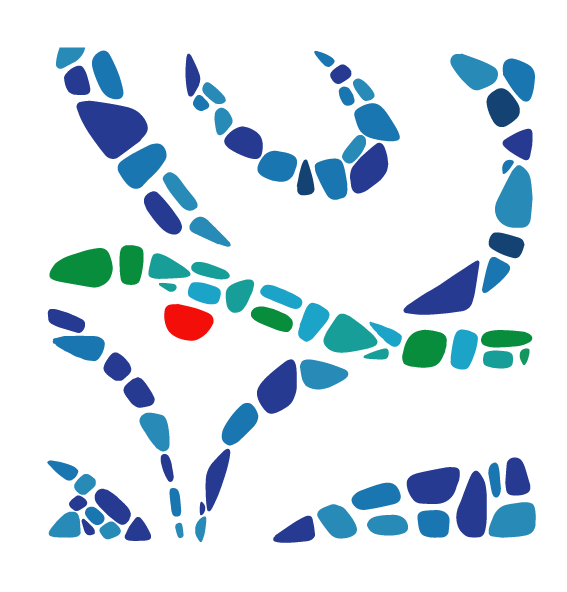Influence of Tidal Loading on Submarine Groundwater Discharge: Ra Isotope and Nutrient Variability in Offshore Groundwaters along the West Florida Shelf
Please login to view abstract download link
Submarine Groundwater Discharge (SGD) fluxes may be affected by tide-driven loading efficiency. This study presents a synoptic, year-long time-series analysis of Ra isotope activity (²²³Ra, ²²⁴Ra, ²²⁶Ra, and ²²⁸Ra) and nutrient concentration fluctuations across three offshore submarine well transects, each situated in a distinct aquifer on the West Florida Shelf. Fluctuations were observed throughout the year for all four Ra isotopes and nutrient concentrations (SiO₂ and TDP) despite no significant seasonal changes in the precipitation regime. However, samples were collected at different tidal stages, with water column depth increments from 2 to 5 meters, depending on the transect. In the two unconfined aquifer transects, nutrient concentrations were positively correlated with the water column depth, while the semiconfined aquifer showed no response. Likewise, radium activity ratios also showed clear correlations in the unconfined aquifers when the water column depth rose. When pressure is applied at the surface of an aquifer (e.g., from atmospheric pressure or water column height), it is partially supported by the aquifer skeleton and partially transmitted to the groundwater, altering hydrogeochemical conditions. In addition, we also provide relative transit times for those groundwaters based on 222Rn/226Ra and 224Ra/228Ra, which likely indicate that the main pathway governing the discharge on those unconfined aquifers is seawater recirculation. The observed correlations between water column depth and both nutrient concentrations and Ra isotope ratios in the unconfined aquifers suggest that tidal fluctuations enhance groundwater exchange by exerting pressure on the subsurface. This mechanism likely facilitates the release of older, nutrient-rich groundwater into the shelf environment, influencing biogeochemical cycling and marine productivity. These findings highlight the importance of loading efficiency in modulating SGD and emphasize the role of Ra isotopes as valuable indicators of groundwater-seawater interactions along continental shelves.
